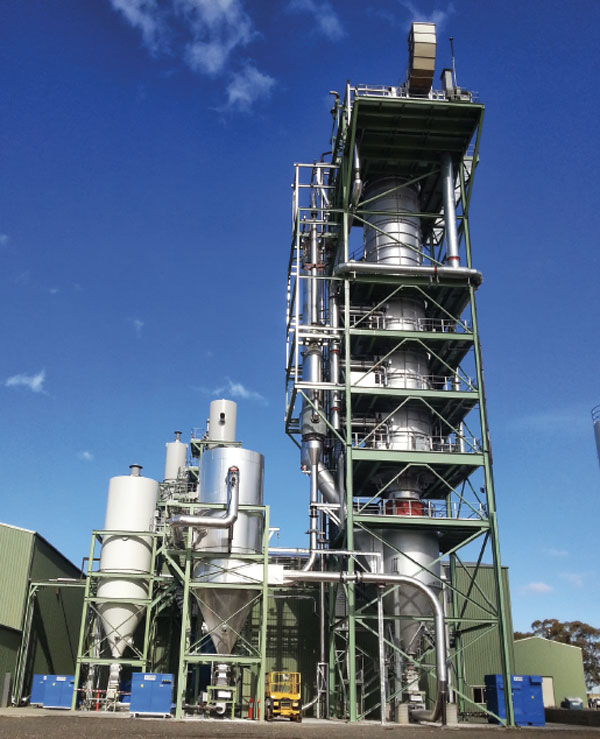Carbon capture breakthrough
The EU has awarded a €12m grant to the LEILAC (Low Emissions Intensity Lime And Cement) consortium. The consortium, led by technology provider Calix, aims to apply and demonstrate a breakthrough calciner that can separate the process-related CO2 without additional energy demand. In combination with conventional carbon capture techniques for the flue gas-related CO2, this has the potential to give the most economical purification of 100 per cent of a cement or lime kiln’s CO2 emissions. HeidelbergCement, as one of the key consortium partners, is hosting the site for the demonstration at its plant in Lixhe, Belgium. By Jan Theulen, HeidelbergCement, Belgium.

Calix's commercial magnesium oxide reactor in Melbourne, Australia
In the context of COP21 in Paris, HeidelbergCement signed, together with 17 other cement companies, the Low Carbon Technology Partnership initiative (LCTPi) for cement. This commitment reconfirms the ambitions of the cement industry as stated before in the World Business Council for Sustainable Development’s (WBCSD) Global Cement Technology Roadmap. Based on a multi-tiered action plan, the initiative aims to reduce global CO2 emissions by 20-25 per cent by 2030, compared to “business as usual”.

